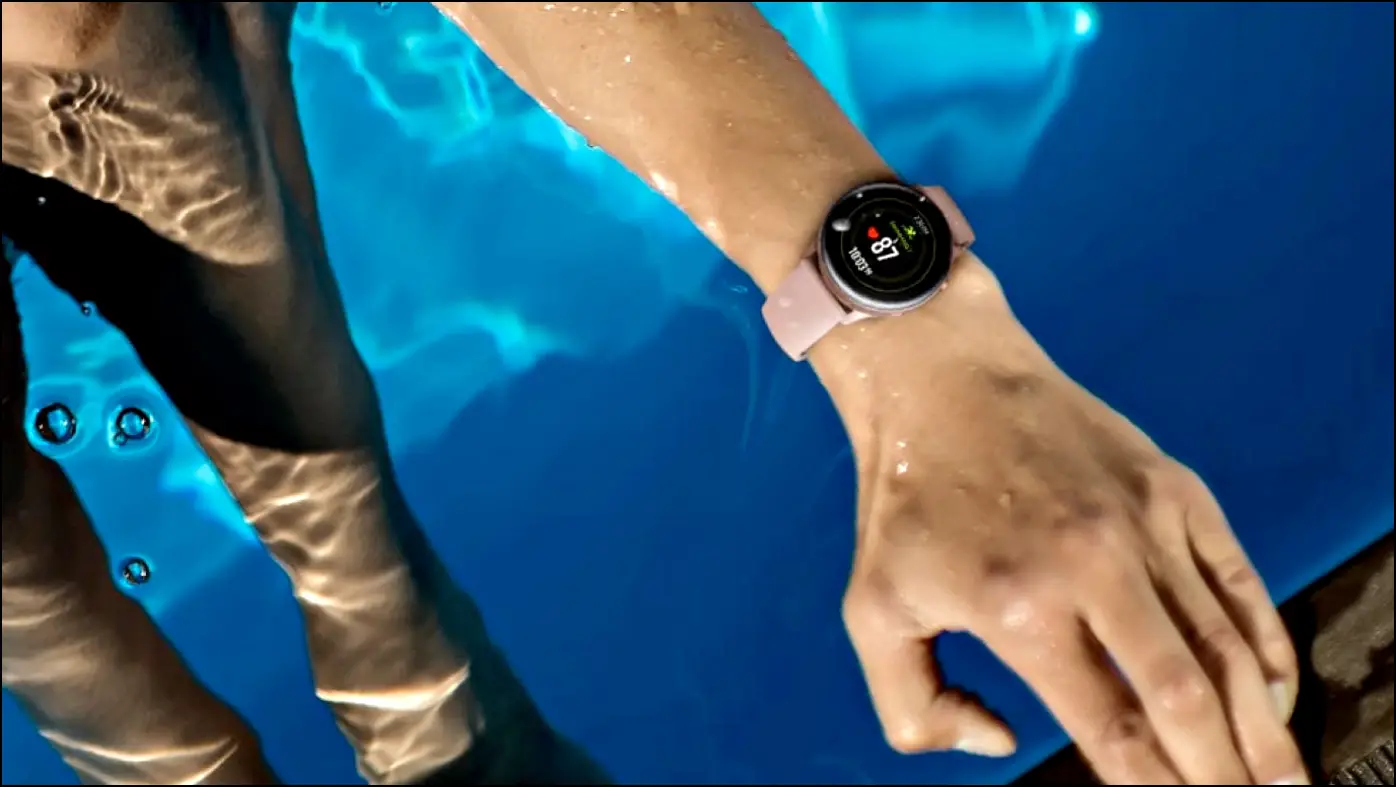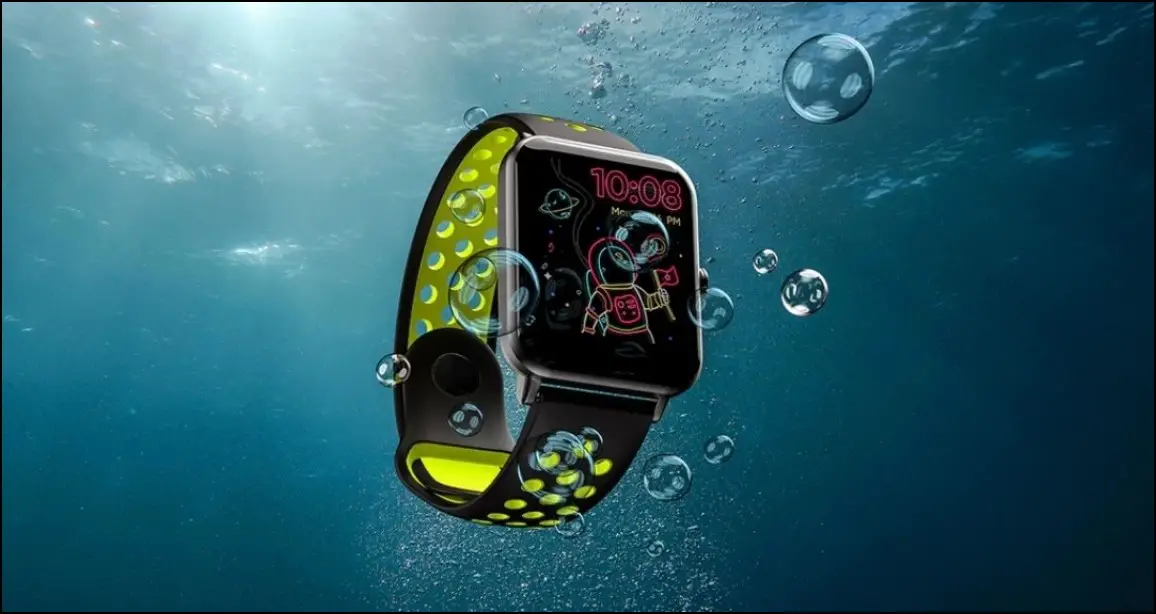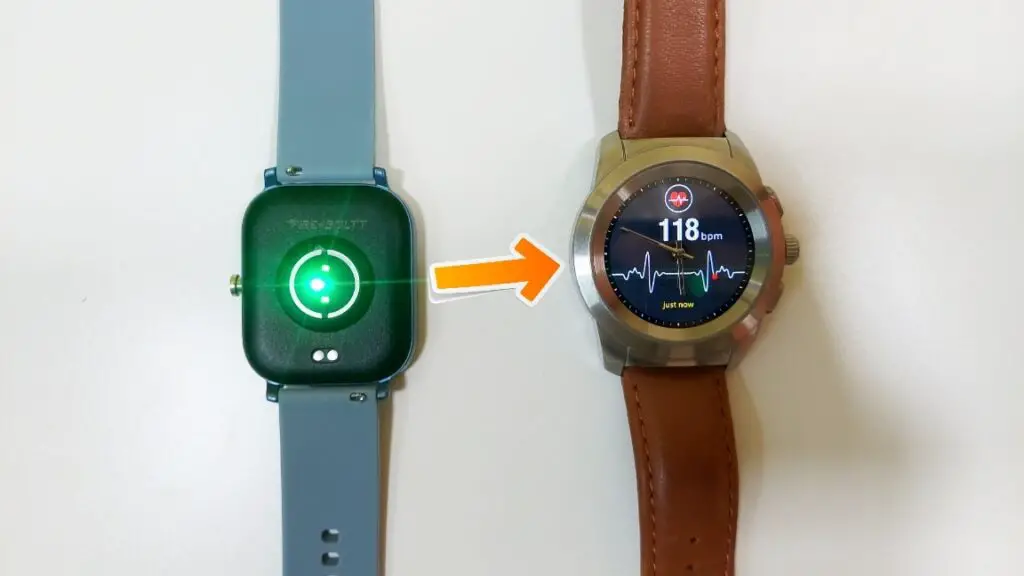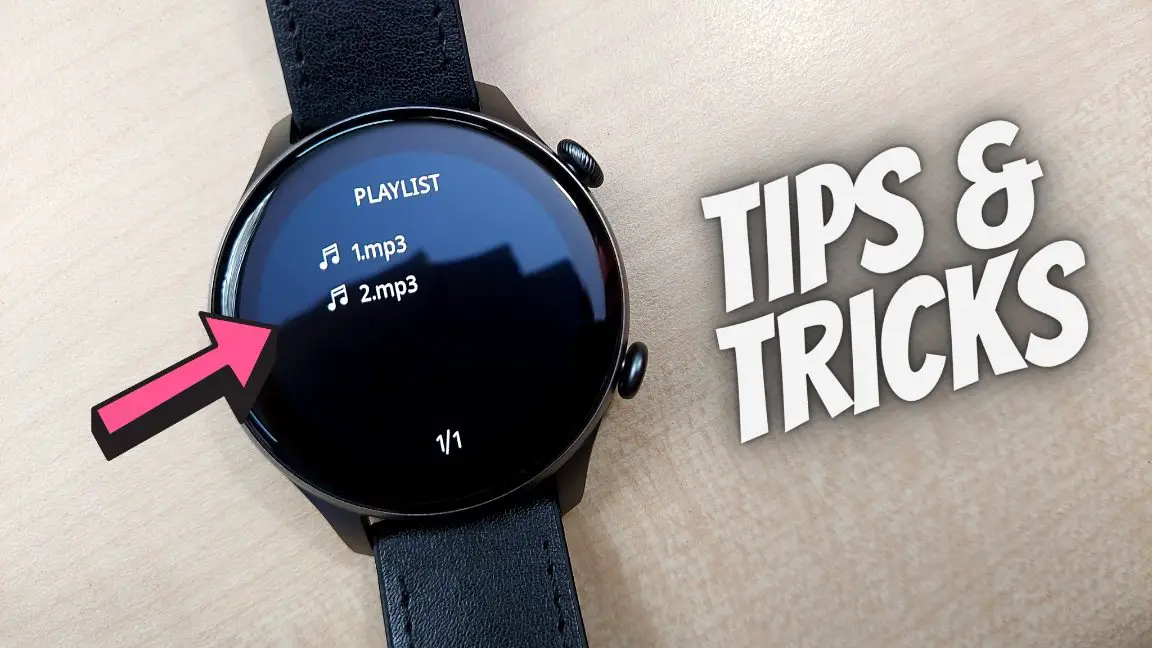For starters, smartwatches have different types of ratings that determine the level of exposure to water they can endure. This includes Ingress Protection (IP) ratings such as IP68 and IP67, followed by ATM ratings like 5ATM or 10ATM. In this article, let us check their significance and methods to find what IP or ATM rating is present on your smartwatch.

Related | Do Smartwatches Emit Radiation: Are They Safe to Wear?
What is IP/ATM Rating on Smartwatches?
We all expose our smartwatches to water while washing hands, taking a bath, or even swimming. This is where water resistance ratings and certifications come to the rescue by ensuring a certain degree of protection.
There are two types of water resistance ratings you’ll generally find on smartwatches- IP (Ingress Protection) and ATM. Both these ratings are slightly different from each other, elaborated below:
IP Rating
IP rating or Ingress Protection rating tells about the protection level of the device from dust and water. The IP rating usually has two numbers together- IP67 and IP68. The first number indicates the protection level against solid particles like dust, dirt, etc., while the second number indicates the protection level against water.
The higher the number, the more the protection against dust and water, respectively for the first and second digits. And if the first digit is an X (like IPX7 or IPX8), it means the device has only water protection and not dust. As of yet, IP68 and IP67, and or 5ATM, are the most common protection certifications you’ll find on smartwatches.
| Popular IP Ratings on Smartwatches | Depth of Water | Time | Dust Protection |
| IP67 | 15cm to 1m | 30 Minutes | No entrance of dust |
| IP68 | 1.5m | 30 Minutes | No entrance of dust |
ATM Rating
ATM rating tells how much atmospheric pressure a device can survive in water. It is an older water resistance rating system and is defined as 3-ATM, 5-ATM, 10-ATM, and 20-ATM. These ratings indicate the maximum water level under which the device can survive.
For instance, the 5-ATM rating allows you to take the device in up to 50 meters of water depth for a short amount of time. In the case of 10ATM (which we saw on Amazfit TREX-2), the number bumps up to 100meters.
| Popular ATM Ratings on Smartwatches | Depth of Water | Water Pressure Resistance Level |
| 3-ATM | 30m | Normal rain and water splashes |
| 5-ATM | 50m | Short swimming sessions |
| 10-ATM | 100m | Longer snorkeling and swimming sessions |
How to Find the IP or ATM Rating on Your Smartwatch
If you are looking for the water resistance rating of your smartwatch, here are the different ways to check the IP/ATM rating of any smartwatch yourself:
Check Smartwatch Water Resistance on Manufacturer’s Website

The easiest way to find any smartwatch’s IP or ATM rating is through the brand’s website. Open the website of your smartwatch brand and go to the product page. Look for the water resistance rating and its level in the specifications. Most budget smartwatches in the market have IP68 protection.
Whereas, some equip IP68 + 5ATM combined (like the Samsung Galaxy Watch 4) or IP68 + 10ATM on rugged smartwatches kike the Amazfit TREX-2 and TREX Pro. Apple Watch Series 7, on the other hand, offers a water rating of WR50 under ISO 22810:2010 and can be submerged in up to 50 meters of water without any damage.
Check Product Listing on E-commerce Platforms

You can also check the water rating of your smartwatch on e-commerce platforms. Go to Amazon, Flipkart, or any other shopping website where your smartwatch is available for purchase. Then open the smartwatch product page, scroll down to the specifications section and find the water resistance depth and or IP/ ATM ratings.
Find the IP or ATM Rating on Smartwatch Box

Another way to check the water rating of your smartwatch is on the retail box of the watch. Many brands mention the IP or ATM rating of the smartwatch on their retail package. You can check it at the rear of the smartwatch box in the features section or in the user manual.
IP68 vs 5ATM Rating on Smartwatches

The IP68 rating indicates that the smartwatch prevents dust from entering inside and can handle long periods of water immersion under pressure; in this case, for up to 1.5 meters and 30 minutes. Whereas. the 5-ATM rating indicates that the period is submerged under water for a short period of time up to 50 meters, generally for short swimming sessions.
Both serve good protection. But IP ratings do not take pressure into account which makes them unsuitable for activities like swimming. This is where ATM ratings come into the picture. While IP68 is more than enough for most use cases, we prefer smartwatches with a combination of IP68 and 5ATM for swimming or low-velocity diving.
Why Do Smartwatches Have Both IP and ATM Ratings?
Having both IP and ATM ratings on a smartwatch adds extra peace of mind. For instance, the Galaxy Watch 4 comes with both IP68 and 5-ATM water resistance ratings which provides more protection against dust and water, and also allows it more time and depth for water immersion. You can dig into the water for swimming as the watch can resist some high-pressure trails.
Safety Tips for Waterproof Smartwatches

As evident, having an IP or ATM rating does not make your smartwatch 100% waterproof. They are designated for exposure to fresh water and do not account for other liquids like oil and soap. So, if you are using a smartwatch with IP or ATM water resistance rating, keep the following things in your mind:
- Water Time: Beware of the maximum exposure time for your watch’s IP/ATM rating. The maximum time you get in the IP rating is up to 30 minutes. You should not put your smartwatch into the water for more than one hour, deeper than 10cm for more than 30 minutes, and deeper than 1.5 meters for more than 10 minutes.
- Water Depth: Furthermore, check the water depth of the water resistance rating that your smartwatch bears. If the rating supports only up to 1.5 meters of depth in water, you should not take your watch over this limit inside the water.
- Motion: The atmospheric pressure of water in smartwatches is tested in motionless conditions. Therefore, you should not expose your smartwatch to water moving at high pressure and velocities like in surfing, waves, diving, or any motorized water sports.
- Temperature: You should not expose your smartwatch to a water temperature above 45 degrees. And if you are swimming in water between 40-45 degrees, you should take the watch out in under 10 minutes. Moreover, it’s best to avoid exposing the watch to sudden dramatic changes in air or water temperature.
- Liquids other than water: You should keep your smartwatch away from any type of liquid other than fresh water. The water resistance ratings are tested with fresh water and not with chemically exposed liquids or drinks like coffee, juice, etc.
- Prevent Disassembly: You should not disassemble your IP/ATM-rated smartwatch because it can damage the water and dust resistance sealings of the device.
What to Do if Your smartwatch is Exposed to Water?

If your smartwatch has been exposed to water, here are the things you should do to remove water from the watch:
- Clean with a towel: First of all, clean the watch all around thoroughly with a soft towel so that it can soak the water from the watch.
- Shake the watch: Shake the watch thoroughly to remove the water from the watch manually. It will help to take out the water more effectively.
- Use Water Ejection mode: Some smartwatches come with a water ejection mode that you can use to remove water from the watch. Enable this feature and the watch will vibrate hardly to throw the water out of it. Or if your watch supports audio playback, use water ejection sounds.
- Put in uncooked rice: You should put your smartwatch in between a bowl or container full of uncooked rice and leave it for a day or two. Else, use silica gel packets in a closed container. It will help soak all the moisture that seeped into the smartwatch.
Frequently Asked Questions
Q. What’s the significance of the MIL-STD-810G rating in smartwatches?
Smartwatches with MIL-STD-810G come with a whole lot more durability. This certification provides more protection to a smartwatch against drops and impacts. It also enhances the water resistance of a smartwatch because of its high-quality metal or titanium body. Examples include the Galaxy Watch 5-series, Galaxy Watch 4-series, Ticwatch Pro, Kospat Tank 1, and more!
Q. Can you swim or shower with IP67 or IP68-rated smartwatches?
You can take the watch in a shower or rain, but swimming with an IP67 or IP68-rated smartwatch may cause problems. The IP67 rating provides protection against normal water immersion between 15cm to 1-meter depth for up to 30 minutes. Whereas, the IP68 rating protects for a much longer period against water immersion at 1.5-meter for up to 30 minutes.
While most watches should do fine in shallow fresh waters, you should stay away from swimming with smartwatches with these ratings. Instead, look for 5-ATM or 10-ATM specifications.
Q. Can you swim with 5-ATM or 10-ATM-rated smartwatches?
If your smartwatch has a 5-ATM rating, you can swim for a short period as high pressure can cause damage to your watch. Whereas, if your watch has a 10-ATM rating, you can take it for longer swimming sessions, or snorkeling in the ocean.
Q. Is liquid damage possible in smartwatches with an IP or ATM rating?
The IP and ATM ratings are tested in ideal conditions with limited parameters. The real-world case may be different, including water depth, contents of the water, or if it’s a completely different liquid altogether, the atmospheric pressure, and more. And, if you expose the watch to liquid out of the tested parameters, it can easily cause damage to the device.
Q. Do you get a warranty for water damage on a smartwatch?
No major smartphone or smartwatch company covers any water damage on a smartwatch under warranty. Even if the watch has a water resistance rating, water damage will not be covered in a warranty because liquid damage is possible on all smartwatches.
Wrapping Up
This was all about water resistance ratings on smartwatches. We discussed all the things including the significance of these ratings, how you can find the IP or ATM rating on your smartwatch, tips to check while using IP/ATM-rated smartwatches, and more. Do share your experience of using a smartwatch underwater in the comments below, and stay tuned with WearablesToUse for more informative articles!
Related:




